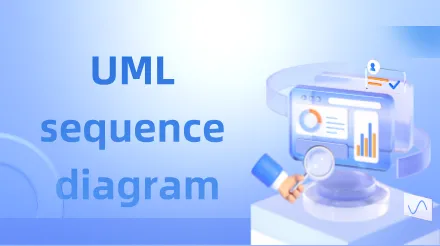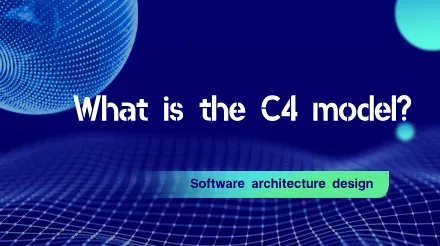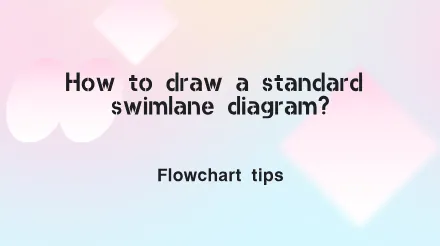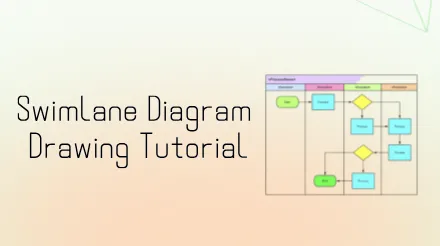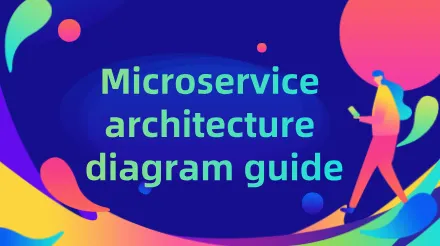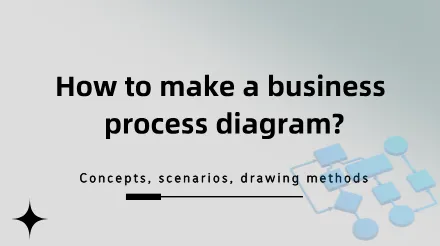In the process of software development , clear and efficient communication is the key to ensure the smooth progress of the project. As an intuitive way to express information, flowcharts can help developers better understand project processes, identify potential problems, and optimize development paths. This article will explore in depth what flowcharts are, how developers use them, and the specific methods of designing and creating programming flowcharts , and share multiple examples and templates.


